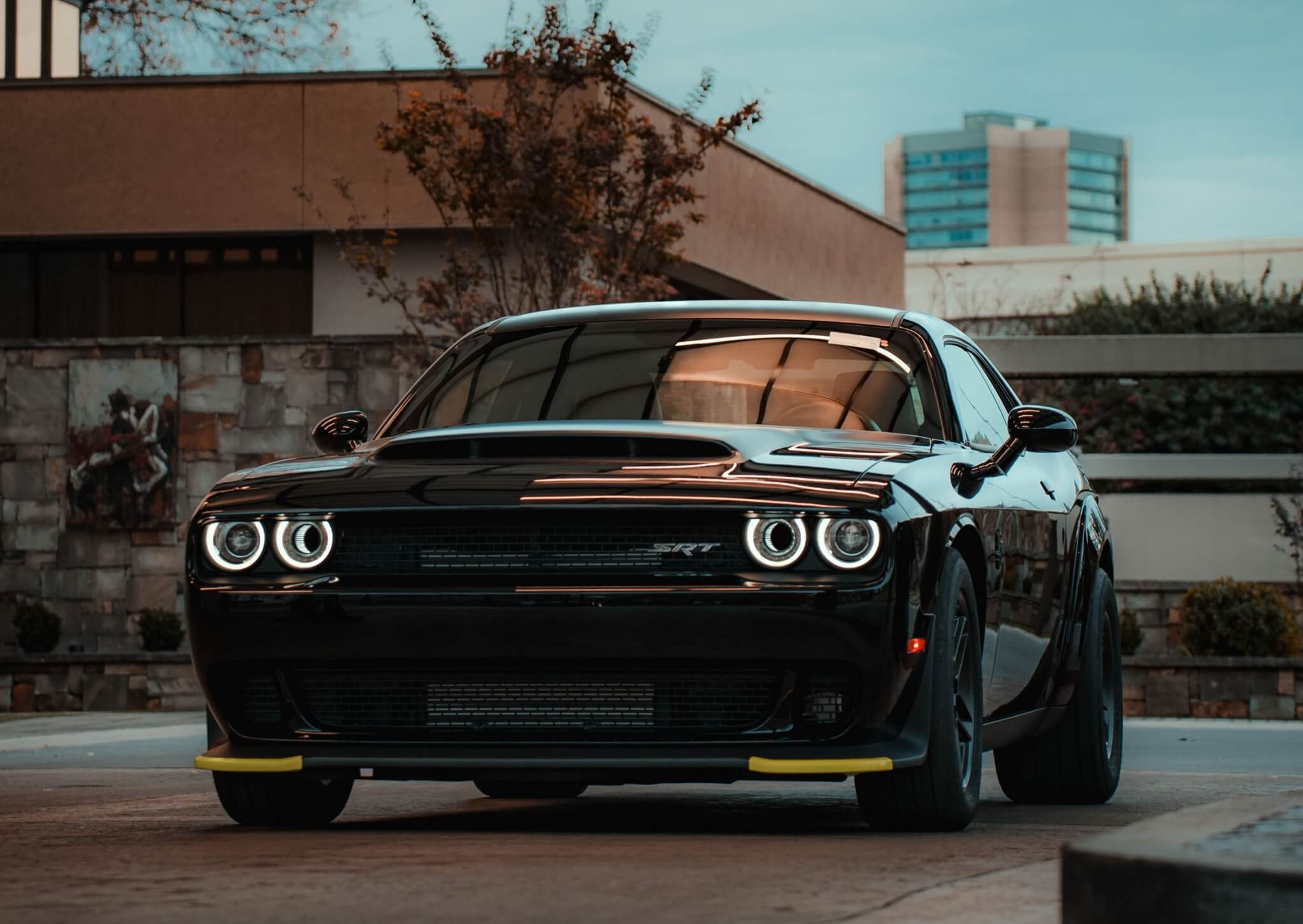The latest announcement about the upcoming Dodge Charger unveils a surprising twist: it will be available as both a coupe and a sedan. This development raises an intriguing question: What will become of the Challenger?
Since 2008, the Challenger has been the quintessential two-door muscle car in the lineup, complemented by the Charger as the four-door counterpart. During a recent media briefing with Dodge CEO Tim Kuniskis, this very question was posed, but his response was rather cryptic.
Kuniskis merely confirmed that Dodge and Stellantis still retain the rights to the Challenger name, hinting that, for the time being, the nameplate will remain dormant. However, he refrained from providing any definitive indication of its future revival.
The Dodge Challenger holds significant importance within the brand’s identity, having played a pivotal role in shaping its image since the era post-Viper. Notably, models like the Demon and Demon 170 have carried the Challenger name, solidifying its status as the ultimate halo car for Dodge.
Moreover, the Challenger has consistently ranked as the brand’s third-best-selling vehicle, with annual sales ranging from 44,000 to 55,000 units over the past three years. Surpassing the Camaro in sales for consecutive years, it has become challenging to envision the Dodge lineup without the iconic Challenger.

However, integrating the Challenger into the lineup alongside the newly diversified Charger poses a dilemma for Dodge. The traditional Charger-Challenger dichotomy, with its distinct sedan and coupe styles, has been a defining feature of the brand.
With the Charger now offering stronger retro influences and available in a two-door configuration, the need for a “modern” counterpart is less apparent. Consequently, introducing another vehicle of comparable size and performance to the Charger could present challenges.
One potential solution could involve Dodge developing a smaller, more agile sports car to reposition the Challenger. Yet, this approach risks deviating from the traditional muscle car ethos that has resonated with consumers.
Furthermore, a smaller model might not yield the same level of profitability, considering the inherent costs of development and production. The allure of the original Challenger lay in its affordability as an alternative model within the same platform.
But, with the advent of new electric platforms like STLA, there may be unforeseen opportunities for Dodge to reimagine the Challenger or introduce a new sports coupe tailored to evolving consumer demands.
Ultimately, only time will reveal the fate of the Challenger, and enthusiasts eagerly await Dodge’s next move in the evolving automotive landscape.
Also read: Muscle Car Faceoff: Dodge Charger Vs Dodge Charger Daytona

